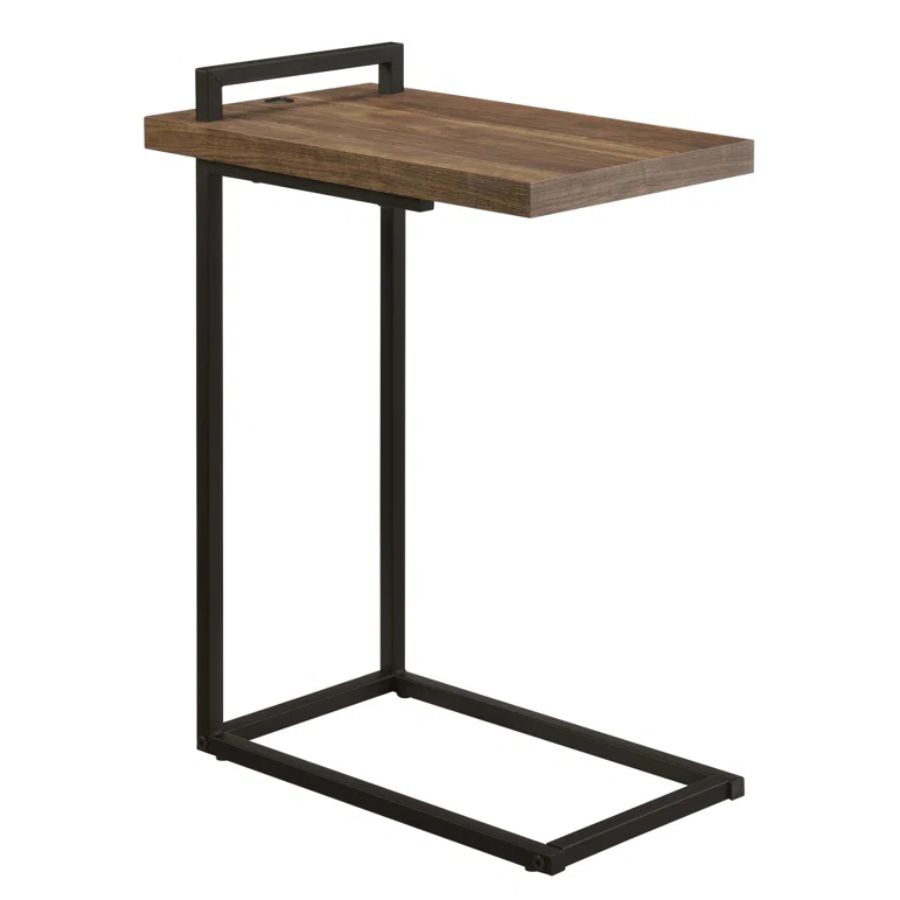Designers Say the Best Living Room Seating Plans All Have These Things in Common — How Many Does Yours Have?
How do you go about building a modern living room seating scheme? We've asked the pros for layout advice

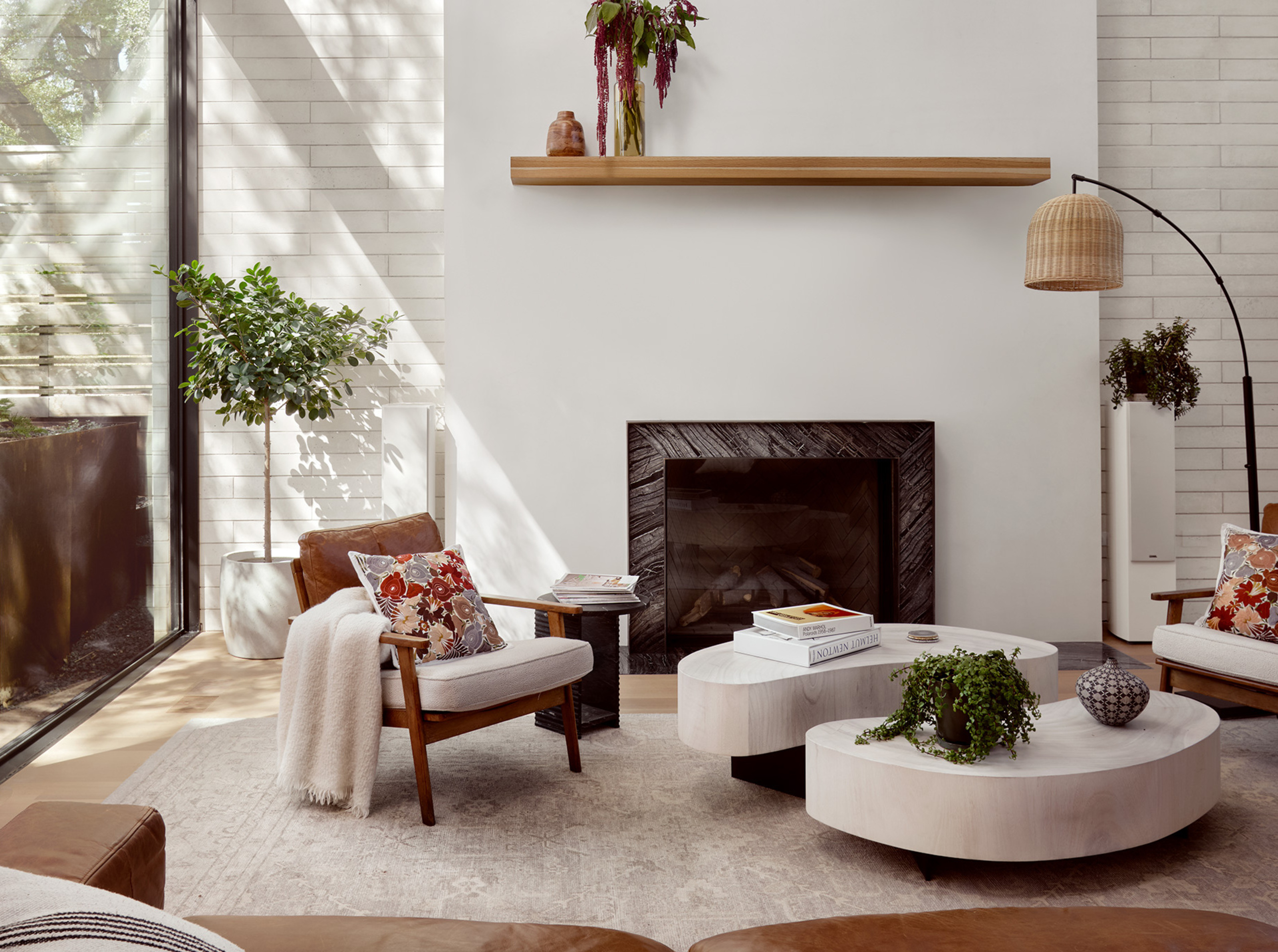
Building a modern living room seating scheme is about incorporating contemporary furniture and the architecture of your room to create a layout that is easy to navigate, flexible to varying needs, and planned with technology at the forefront.
Your modern living room layout should perfectly blend old and new and should serve both your lifestyle and your needs. To help you create a modern living room seating scheme at home, we've spoken to the interior designers at the top of their game to get some living room seating scheme tips. Here's what they suggested.
1. Allow for space and flow
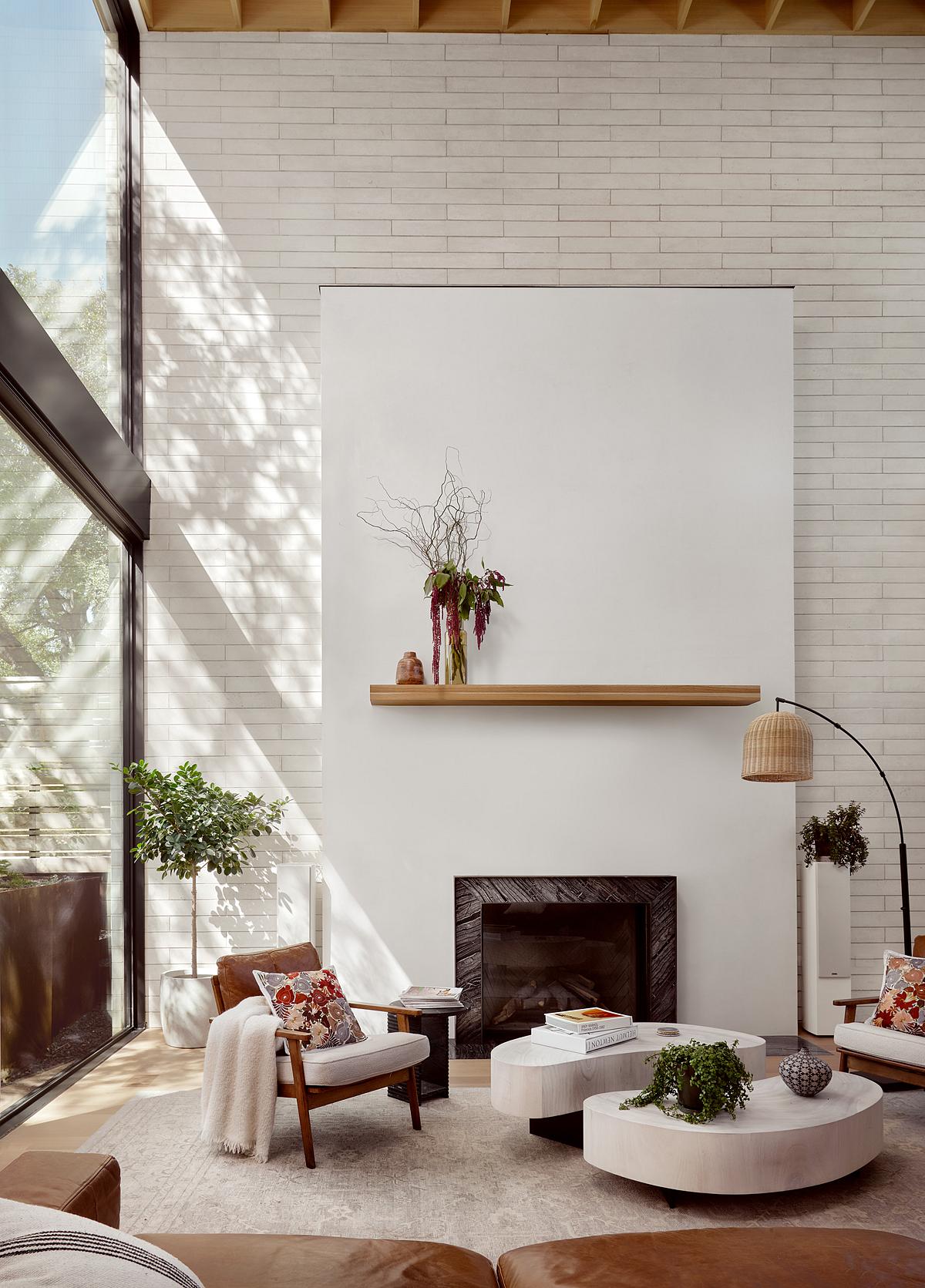
Think about how you navigate around the furniture and leave space for an organic flow around the room. Think outside the box in terms of layout and keep the chairs and sofas facing outwards. 'Create layouts that allow for space to move around furniture,' says Melissa Anderson of OAD Interiors.
'The height relationships of modern living room furniture also matters,' says Melissa. 'Leaving enough space for knees for example and consider how you will really use each space and how you can create relationships between spaces before making purchases.'
2. Create an interesting focal point
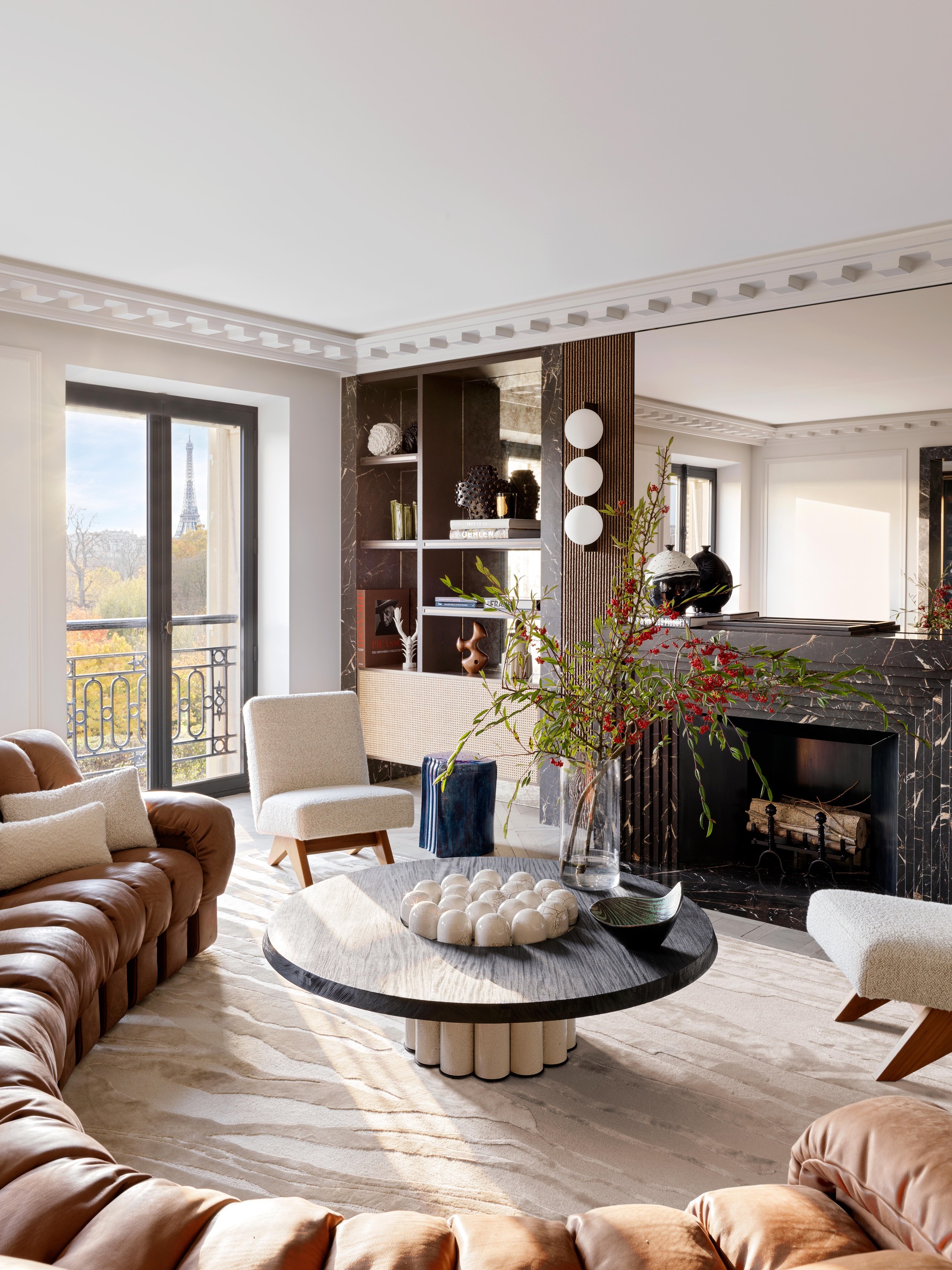
The designers unanimously agree to start with one object and develop your scheme outwards. 'I'll take an object, an art piece, a piece of furniture that appeals to me and I will then make that the focal point of the seating area,' says interior designer Victoria Maria. 'Moving pieces around and finding the correct orientation is key.'
'We first focus on views out and an anchor point and we’ll orient the seating scheme to those elements,' agrees Joana Emhof of ArcDen Studio. 'This naturally creates a hierarchy in the space where the anchor may be a fireplace or a beautiful piece of furniture that then becomes the focal point of the room and we work backward from there.'
This living room from Parisian design duo Humbert & Poyet is the perfect example of creating a focal point, using the Tuileries sofa to create a central space. 'We chose the iconic de Sede (DS-600) sofa to be the centerpiece for this living room for its elegant appearance and sophisticated design,' says Christophe Poyet and Emil Humbert, joint founders of Parisian studio, Humbert & Poyet.
The Livingetc newsletters are your inside source for what’s shaping interiors now - and what’s next. Discover trend forecasts, smart style ideas, and curated shopping inspiration that brings design to life. Subscribe today and stay ahead of the curve.
'This design is renowned not only for its unique shape, but for its durability, which always speaks to us as a design factor.
'The leather is complemented by the bespoke wooden and bronze shelving units and St Laurent marble fireplace while providing a contrasting neutral base juxtaposed to the bold and contemporary artworks that adorn the space.'
3. Integrate technology
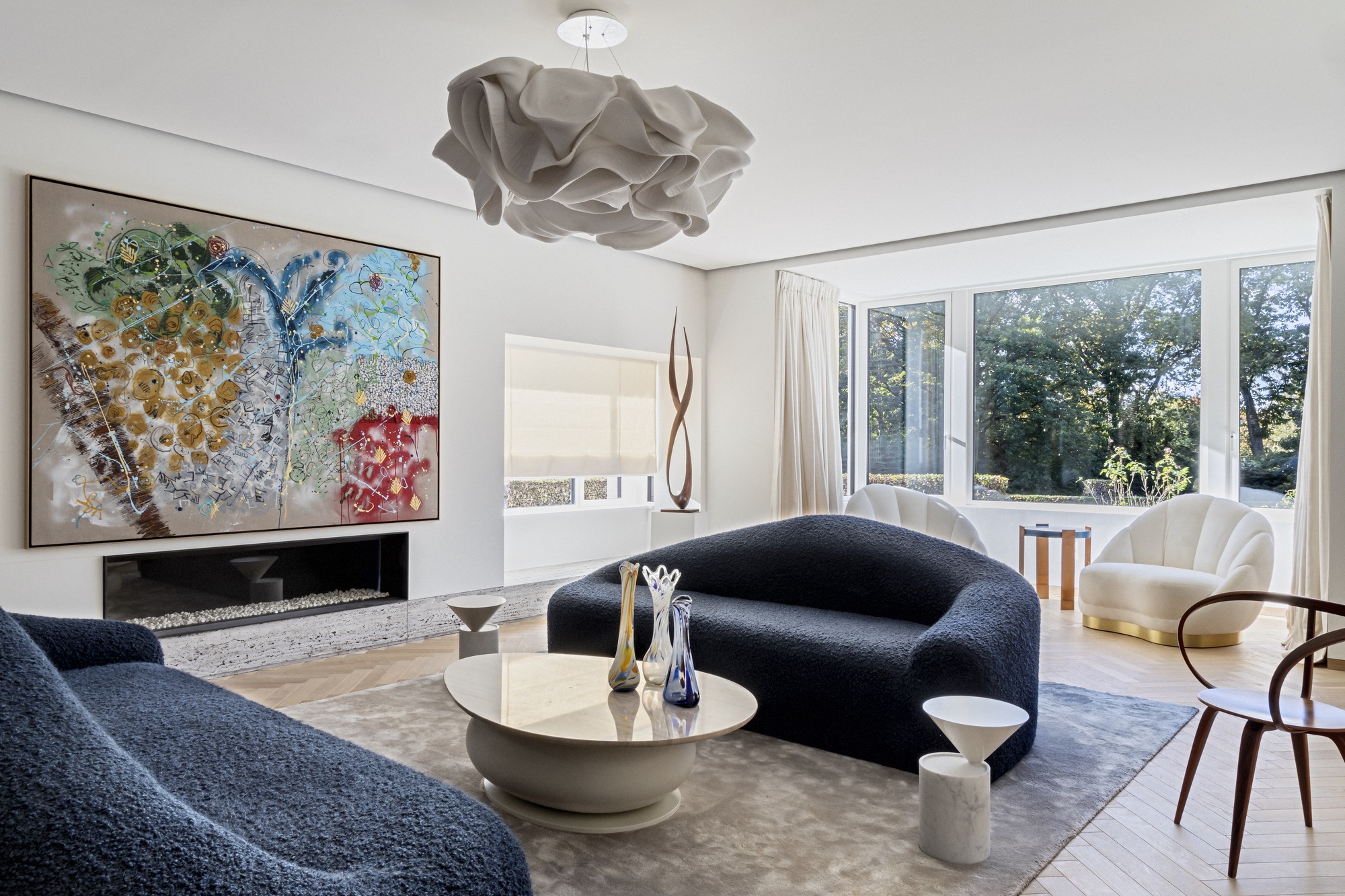
More and more, designers are cleverly incorporating tech into our designs. It's an element that must be taken into account to create a modern living room seating scheme. With easy-to-reach light fixtures that give you total control from the comfort of your seat, to charging points for your laptop, to couches with USB ports to decor tricks to hide your TV like a clever custom-built shelving unit, there are so many clever ways to make your living room seating scheme smart and modern.
'Make technology blend in perfectly and add charging stations and smart furniture, catering to the modern lifestyle requirements, while maintaining simplicity and clarity,' says Artem Kropovinsky of Arsight, an interior design studio based in New York.
4. Think modular
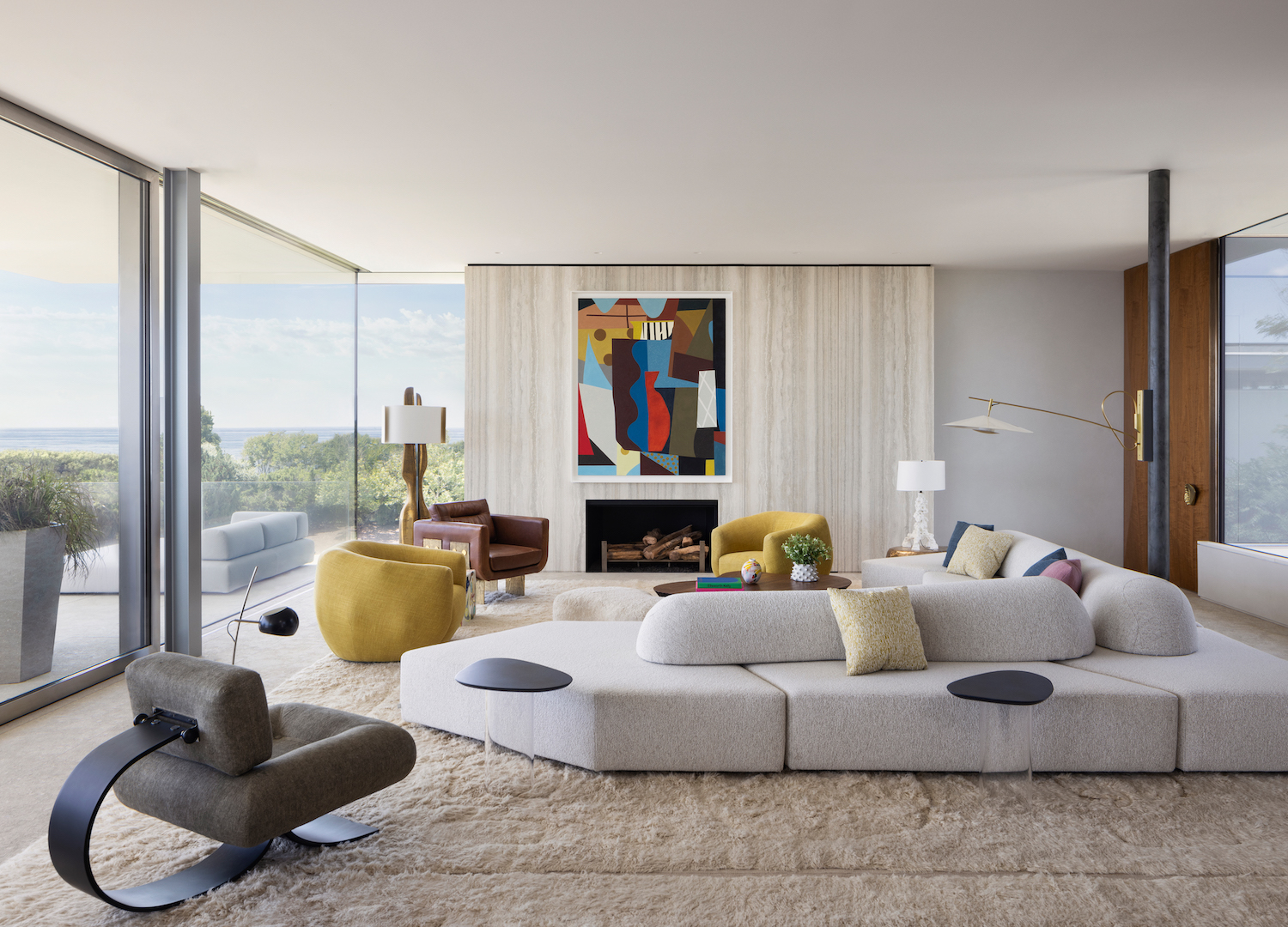
When it comes to planning a modern seating scheme, think modular and adaptable. Our homes have evolved to become flexible places that mirror a newfound work-life balance, and with that, our living rooms are evolving too. We desire these spaces to double up as bedrooms, workspaces, dining areas, and living rooms all rolled into one.
'Appreciate flexibility and practicability with modular furniture items that can be moved around to fit different requirements, portraying the dynamics of today's lifestyle,' summarizes Artem.
New sofa trends allow for multi-directional couches that accommodate more people and allow you to use the living room in different ways, activating different viewpoints and perspectives and zoning the space in new and clever ways.
5. Mix and match
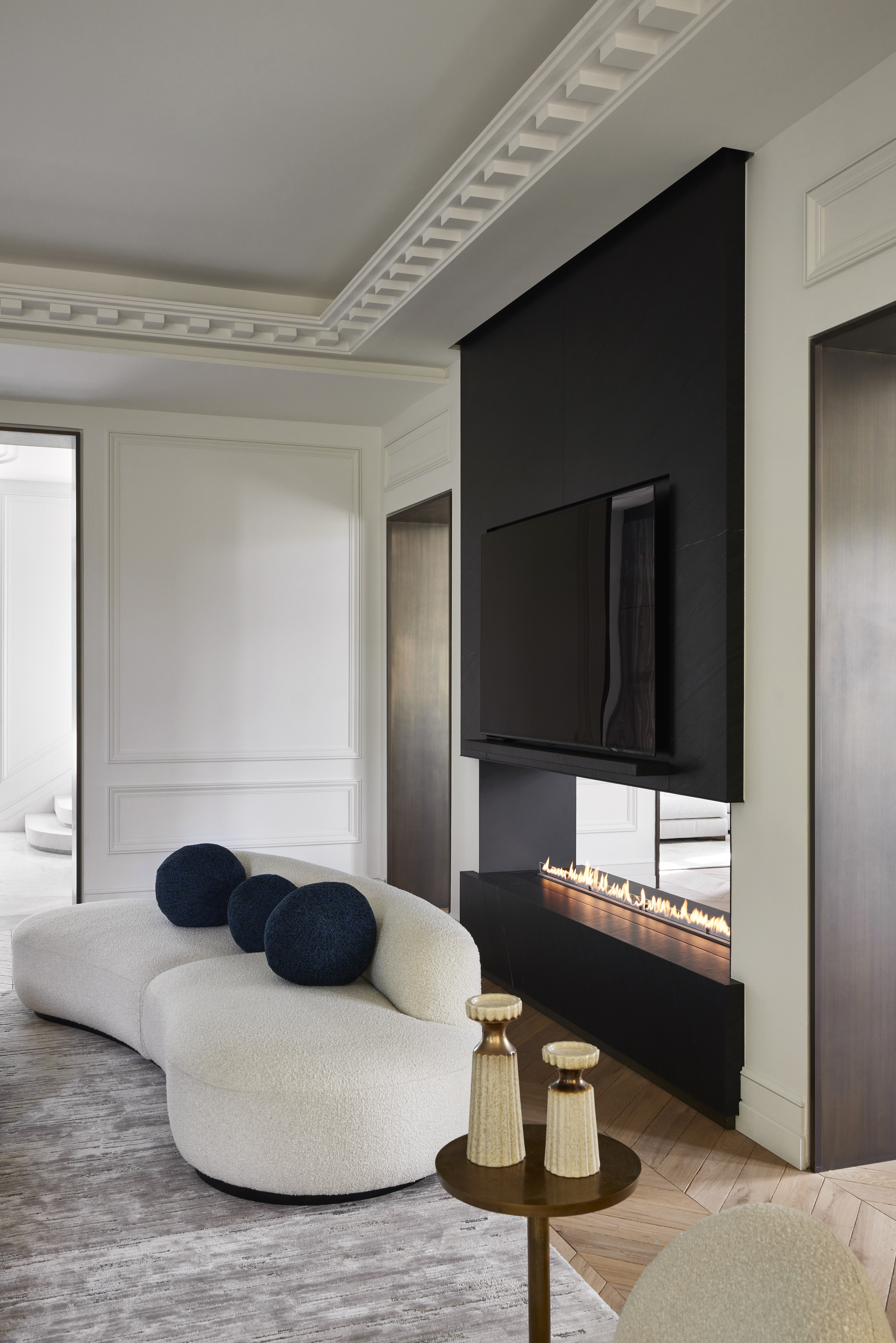
Don't be afraid to mix and match. A variety of shapes, styles, and sizes keeps things interesting and layered, which in turn makes a room feel contemporary. 'With creating a modern seating area, there are no rules,' says Victoria. 'You can have an array of small and large pieces, placed in the center, corner, or against a wall.'
For Artem, the mix-and-match tactic applies to pattern, fabric and color you use for your seating scheme too. 'Use a variety of patterns and materials - from fabric to shiny metals - to create complexity and focus on the contrast characteristic of modern design,' he says.
'Choose a minimalist color palette with strategically placed color accents for an exhilarating yet unified environment that is the essence of modern design simplicity and vibrancy.' says Artem.
'In terms of timeless living room colors, a modern seating area should not solely include cream and white, it can incorporate warm tones and vintage pieces too,' agrees Stéphanie Coutas. ''These create a sense of comfort with an eye-catching effect.'
6. Consider the rules of Feng Shui

Finally, follow living room Feng Shui rules to help your space feel calming and improve the energy flow of the room. Consider the way your couch faces, how your room pivots around the central furniture, avoiding sitting with your back to the door (a no-go in the laws of Feng Shui) and making sure your path through the room flows without obstruction.
A big part of this last point comes down to visual clutter. 'I think clean lines, larger cushions, and variations in seating options,' says designer and philanthropist Alexandra Killion. 'For our more contemporary sofa, we have long cushions rather than several small ones to create a streamlined look. Our ottoman is also a large smooth surface that can lean cleaner and more contemporary.'
Easy buys to elevate your living room seating scheme

Former content editor at Livingetc.com, Oonagh is an expert at spotting the interior trends that are making waves in the design world. She has written a mix of everything from home tours to news, long-form features to design idea pieces, as well as having frequently been featured in the monthly print magazine. She is the go-to for design advice in the home. Previously, she worked on a London property title, producing long-read interiors features, style pages and conducting interviews with a range of famous faces from the UK interiors scene, from Kit Kemp to Robert Kime. In doing so, she has developed a keen interest in London's historical architecture and the city's distinct tastemakers paving the way in the world of interiors.
